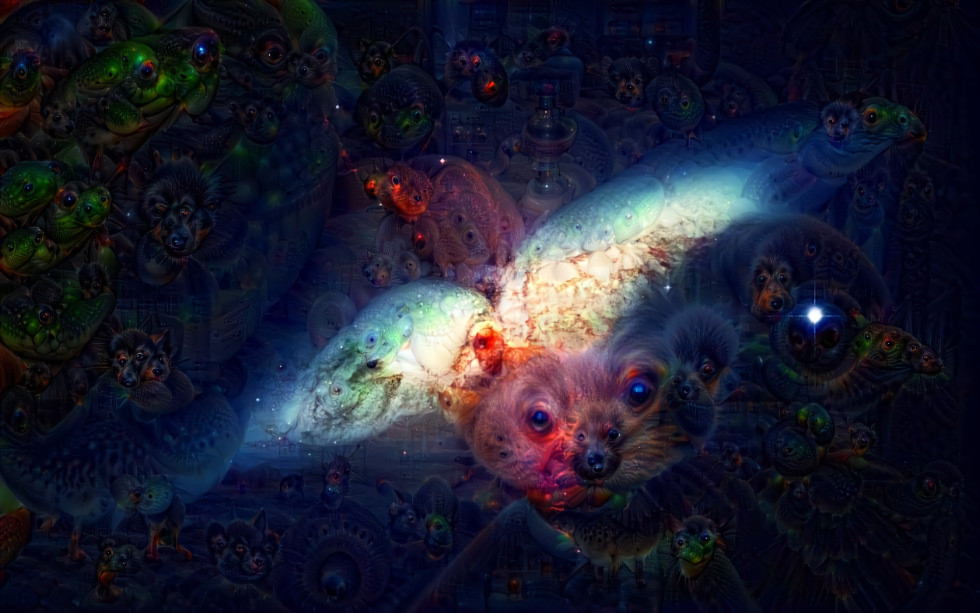Chatterjee, A. K.. (2020). Imperial neuropsychology and an Indian diamond: The quantum ground of dreaming in The Moonstone. International Journal of Dream Research
Plain numerical DOI: 10.11588/ijodr.2020.2.73527
DOI URL
directSciHub download
Show/hide publication abstract
“In wilkie collins’ novel the moonstone (1868), franklin blake’s censored dream—and his somnambulant theft of the eponymous diamond—was a pioneering thought experiment in victorian literature, which is also believed to have invented the english detective novel. the question, whether blake’s supposed dream and somnambulism were constituted by his conscious waking experience or emerged from an unconscious source, remains unanswered as the contents of the dream are not known. taking the moonstone beyond the ambit of postcolonial criticism and anglo-indian imperial history, i present evidence for the novel’s theme of dreaming being encrypted with principles of vedanta and ancient indian dream theories from the mandukya upanishad. the novel compels us into a reassessment of the dream continuity hypothesis that its critics have hitherto presumed in one way or another. taking a few concepts of quantum physics as insightful metaphors—though not as generalizable theories—i argue that, the moonstone is a remarkable statement on victorian science, which paves the way for what i define in ‘the quantum ground of dreaming’—a mental state superimposed in experiences of more than one geography and entangled with the desires and anxieties of more than one brain, at once.”
Telles, S., & Subramanya, P.. (2009). A review of the scientific studies on cyclic meditation. International Journal of Yoga
Plain numerical DOI: 10.4103/0973-6131.60043
DOI URL
directSciHub download
Show/hide publication abstract
“Yoga is an ancient science, originating in india, which has components of physical activity, instructed relaxation and interoception.[1] yoga includes diverse practices, such as physical postures (asanas), regulated breathing (pranayama), meditation and lectures on philosophical aspects of yoga.[2‐3] meditation is the seventh of eight steps prescribed to reach an ultimate stage of spiritual emancipation (patanjali, circa 900 b.c.).[4] while many practitioners do learn meditation directly, others find it easier to first pass through the other stages – learn yoga postures (asanas) and regulated breathing (pranayamas). it is postulated that when a novïce attempts to meditate directly, there could be two responses based on the quality of the mind viz., (i) a rajasic – active (personality) mind would be restless all through the session and (ii) a tamasic – a mind with inertia could fall asleep. this problem of the mind is addressed in the mandukya upanishad. based on this a technique of ‘moving meditation’, which combines the practice of yoga postures with guided meditation was evolved, called cyclic meditation (cm), by h.r. nagendra, ph.d., which has its’ origin in an ancient indian text, mandukya upanishad.[5] it is interesting to note that cm does induce a quiet state of mind, which is compatible with the description of meditation (dhyana or effortless expansion), according to patanjali. the description states: ‘Tatra pratyayaikatanata dhyanam’ (patanjali’s yoga sutras, chapter 3: verse 2). this means that the uninterrupted flow of the mind towards the object chosen for meditation is dhyana.[4] indeed, all meditations, irrespective of the strategies involved are believed to help reach this state. there are several strategies in meditation which include breath awareness, awareness of internal sensations, directing the attention to a mantra or a koan, and keeping the eyes open with the gaze fixed on the object of meditation. the verse on which cm is based, states: ‘in a state of mental inactivity awaken the mind; when agitated, calm it; between these two states realize the possible abilities of the mind. if the mind has reached states of perfect equilibrium do not disturb it again’. the underlying idea is that, for most persons, the mental state is routinely somewhere between the extremes of being ‘inactive’ or of being ‘agitated’ and hence to reach a balanced/relaxed state the most suitable technique would be one which combines ‘awakening’ and ‘calming’ pr…”
Deshmukh, V. D.. (2020). Jala-Bhramari, OM chanting, and Kaivalya: A neuroscience perspective. Yoga Mimamsa
Show/hide publication abstract
“Bhramari is an ancient technique of the yogic pranayama practice. it has been described in the vedic-upanishadic literature. currently, it is being actively practiced and taught in the yoga classes all over the world. jala-bhramari is a new term that i am proposing for doing the classical bhramari while floating in water on one’s back, swimming backstroke , and while standing or sitting in water with both ears under water, while the face is in the air to breathe and vocalize. with this technique, one can hear the humming sound of bhramari loud and clear through the water and feel the transmitted biomechanical vibrations in the head, face, chest, spine, and the whole body. it is a unique variation of the bhramari technique with calming and energizing effects. the om chanting is another very ancient yogic meditation practice from the vedic-upanishadic period. mandukya upanishad described this valuable meditative practice in detail and gave its rationale as well as the benefits. with this practice, one can achieve a state of profound stillness, silence, and serenity. one can become atma-tushta, self-satieted, and atma-shanta, at peace with self. one can also feel liberated from the stressful burdens of one’s body, mind, and ego. such a state was described as turiya, the fourth state of consciousness. it is also called kaivalya or the absolute self-freedom and a feeling of unity with the natural existence. kaivalya is defined as the holistic state of absolute unity, self-liberation, and timeless serenity. very few people can achieve such an advanced spiritual state and live a blessed life in nature. however, there have been many examples of sages and enlightened visionaries from india as well as other parts of the world. most of us live with a limited outlook and an isolated individual perspective in this busy and challenging human world. yogic meditation is a disciplined and purposeful process of self-discovery, which may lead to great insights and a blissful nondual self-awareness.”
Askeland, L.. (2003). “What you must know is that”: A translation of Mandukya Upanishad with an exploratory essay. Studia Mystica





